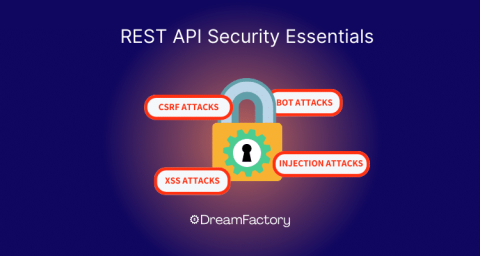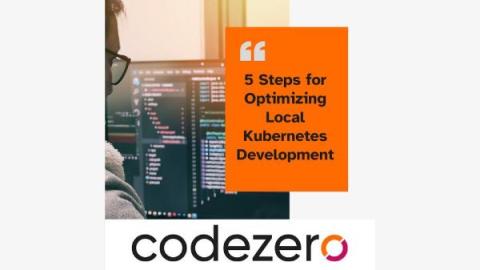The AI Financial Bubble Point of View
Are we in an AI bubble? We can't stop talking about AI in tech. It's at every conference and in every startup pitch. But is the rest of the world as enamored as we are? In this conversation, we explore AI’s impact beyond the echo chamber of the tech industry. We look at attitudes toward AI in other spaces, from healthcare to finance, weighing the risks and benefits of its application. We also look to the future, questioning whether we’ve reached the limits of AI given compute power constraints.











